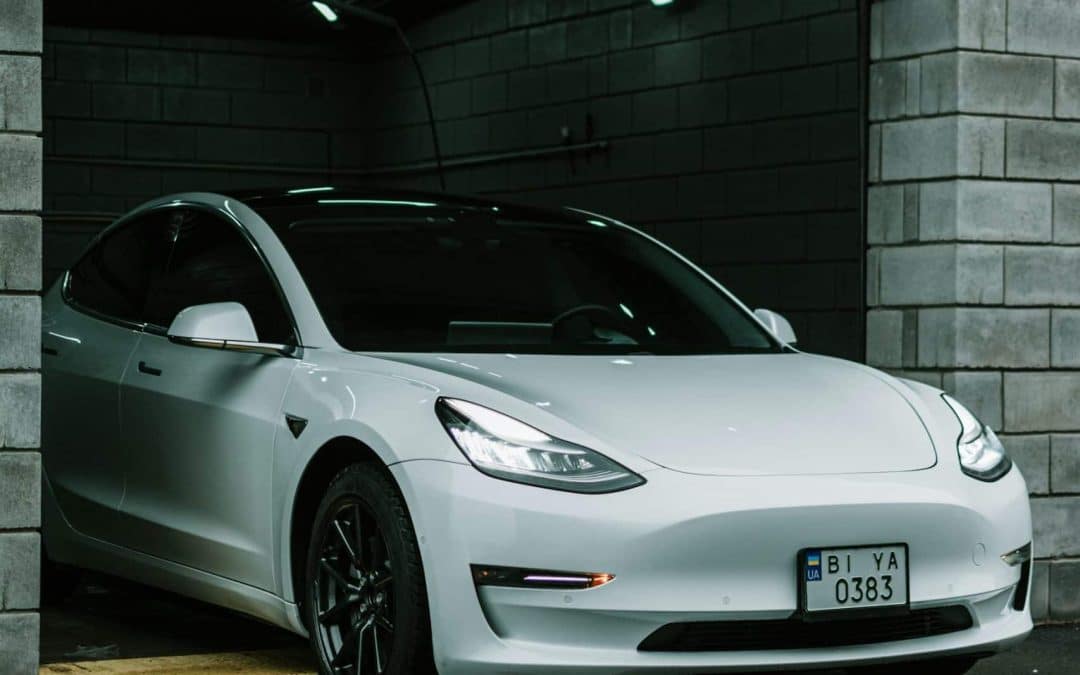Your garage door remote is supposed to make life easier. With one press of a button, your door opens or closes, letting you come and go without hassle. So when the remote stops responding or starts acting up, it can be frustrating and confusing. You expect your garage door to work smoothly, and when it doesn’t, it’s usually a sign that something simple needs attention.
Garage door remote issues are more common than you’d think, and during the heat of August in Fort Worth, that remote can feel like one of the most relied-on tools in your daily routine. Whether you’re rushing to work or heading home with groceries in the trunk, the last thing anyone wants is a stuck garage door because of a remote that won’t work. There are a few key things you can check and try on your own before bringing in help.
Checking The Batteries
The most common reason a garage door remote stops working is dead or weak batteries. It might seem obvious, but it’s often overlooked. Remote batteries don’t last forever, especially when they’ve been exposed to weather changes or frequent use.
Here’s how to figure out if the batteries are the issue:
– The remote signal is weak or only works when standing very close to the garage door
– The garage door opens and closes unpredictably or only after multiple tries
– There’s no LED light on the remote when you press the button
If any of this sounds familiar, start by swapping out the old batteries for fresh ones. Most garage remotes use small coin-type batteries or standard AA or AAA batteries, depending on the model. Open the battery compartment carefully, remove the old ones, and install the new ones with the correct polarity. Once they’re in, test the remote while standing a reasonable distance away, like at the edge of your driveway.
Be sure to dispose of the old batteries safely. If the new batteries don’t fix the problem, don’t worry. It could be something else that’s still fairly simple to handle.
Reprogramming The Remote
Sometimes the remote just loses its connection with the opener. This can happen if there’s been a power outage, if the garage system was reset, or if the remote is older and the memory inside no longer holds the programming. Reprogramming it can get things working again.
Most garage door openers have a learn button located on the motor unit. Here’s how to reset it:
1. Find the learn or program button on your garage door opener, usually near the antenna wire or light
2. Press and release this button. You’ll have about 30 seconds to complete the next step
3. Press and hold the button on your remote until you hear a click or notice the garage door light flash
That’s it. The remote should now be synced with your opener. Different brands might have slightly different steps, so if your remote and opener don’t connect after this try, don’t force it. Pause and double-check the instructions in the right order.
If you’ve picked up a used remote or are working with a different brand than your opener, that can also cause issues. In those cases, the codes might not match, or the frequencies may be incompatible. That’s when it’s usually better to ask for expert help so you don’t accidentally reset any settings tied to safety or security.
Inspecting The Remote And Sensors
If your remote still isn’t responding after changing the batteries or reprogramming, it might be time to give it a closer look. Physical damage can interfere with how it works. Check for any buttons that are stuck, cracked, or not clicking the way they should. Sometimes dirt or residue builds up, so gently wipe it clean with a soft cloth and a little rubbing alcohol.
It’s also smart to look at the sensors along the tracks of your garage door. These should be clean, aligned, and free from any blockages. If they’re out of alignment, the door might not move at all. You can try nudging them until they face each other straight. If you hear a click or see a solid LED light on one or both sensors, that typically means they are communicating well.
Spiderwebs, leaves, dust, or even harsh sunlight can block or confuse the sensors. A good cleaning and realignment now and then can go a long way in keeping your garage door running properly.
Signal Interference
Sometimes it’s not the remote itself but what’s going on between the remote and the opener that’s the issue. Signal interference can be a hidden problem. Most people don’t realize that gadgets around the house often compete for the same radio frequency space.
Devices like Wi-Fi routers, baby monitors, certain types of LED lights, and even microwave ovens can cause disruptions. Wireless doorbells and smart plugs nearby might also make a difference.
Here’s what you can try to improve the signal:
– Move any electronics that might be interfering further from the garage door opener
– If your remote is old, consider replacing it, as older models are more prone to signal problems
– Try pressing the remote from various spots in your garage. A stronger response somewhere could point to interference in one area
If these changes don’t clear things up, the interference could be more advanced, and you’ll want a technician to step in and check further.
When To Call A Professional
After trying all these fixes, you might still have a remote that refuses to get with the program. That’s when it’s smart to bring in someone who does this every day. Some issues just aren’t visible or easy to diagnose without training or equipment.
For example, the inner wiring of the remote might be faulty. Or your opener might have problems deeper in the circuit board. There could even be environmental problems in the garage space itself that a trained eye would spot right away.
Calling in a professional also cuts down on guesswork. You’ll get a quick answer and a proper fix. Delaying repairs or guessing wrong could lead to bigger problems that cost more and take longer to fix.
Keep That Remote Working Like It Should
Taking care of your garage door remote doesn’t have to be complicated. A little regular maintenance can keep it working when you need it most. That includes checking and replacing batteries, keeping the buttons and casing clean, and watching for odd behaviors like blinking lights or sticky keys.
It also helps to keep an eye on the whole system from time to time. Clean the sensors, double-check for alignment, and make sure nothing in your garage has changed that could affect the remote’s signal strength.
Knowing these quick tips can save you time and prevent future trouble. If the issues grow beyond your reach, calling professionals is always a dependable option. A garage door that responds quickly and reliably takes one more worry off your list when you’re headed out for work or coming home with dinner in hand. And with the hot summer days in Fort Worth and Dallas, the last thing you want is to be stuck outside trying to figure out what went wrong.
If your garage door remote still isn’t cooperating after trying the usual fixes, it might be time for a closer look from someone who knows garage door systems inside and out. Regular checks can help, but when problems persist, scheduling reliable garage door repair with Garage Door Rescue can make sure everything is back to working the way it should without the stress of guesswork.

